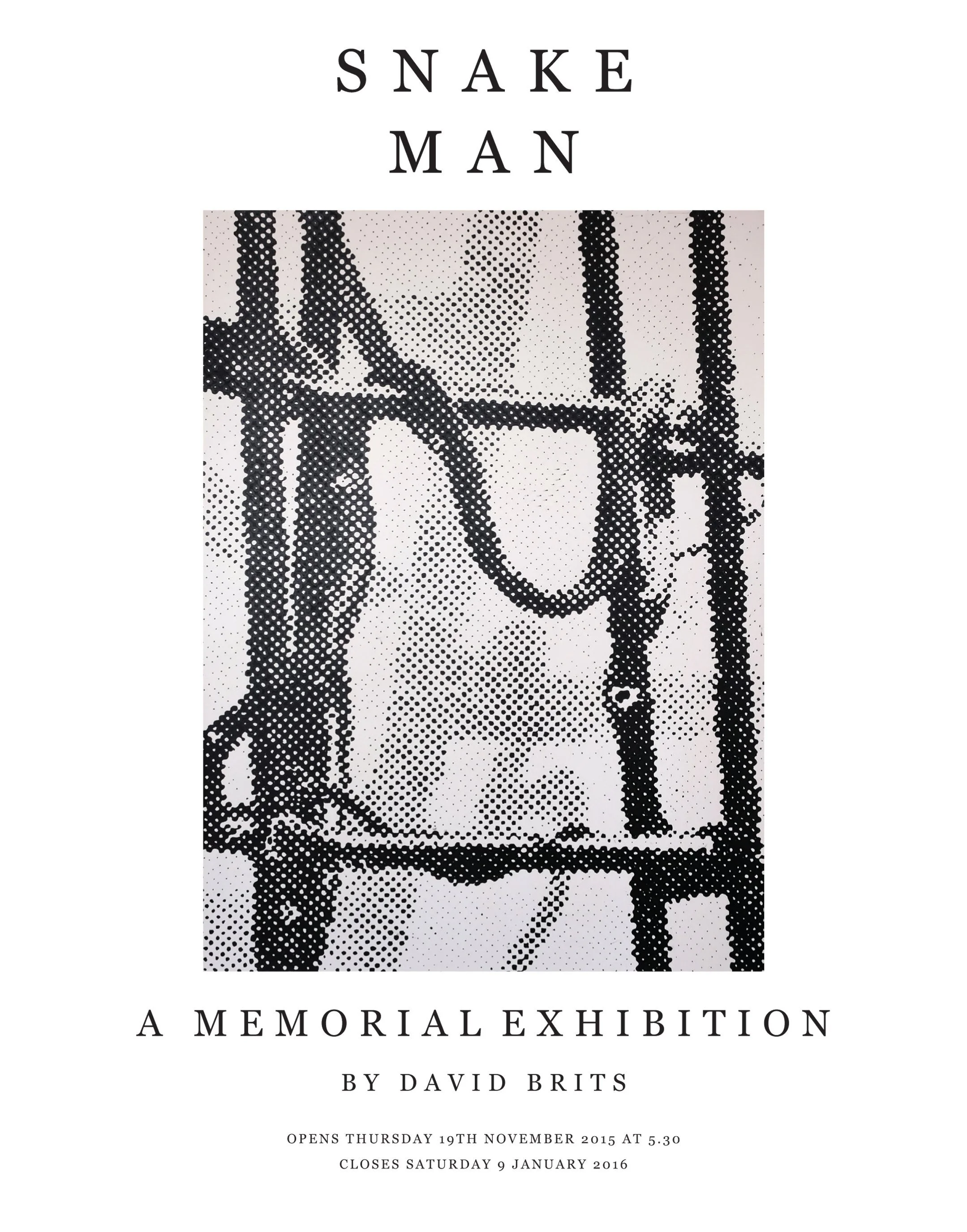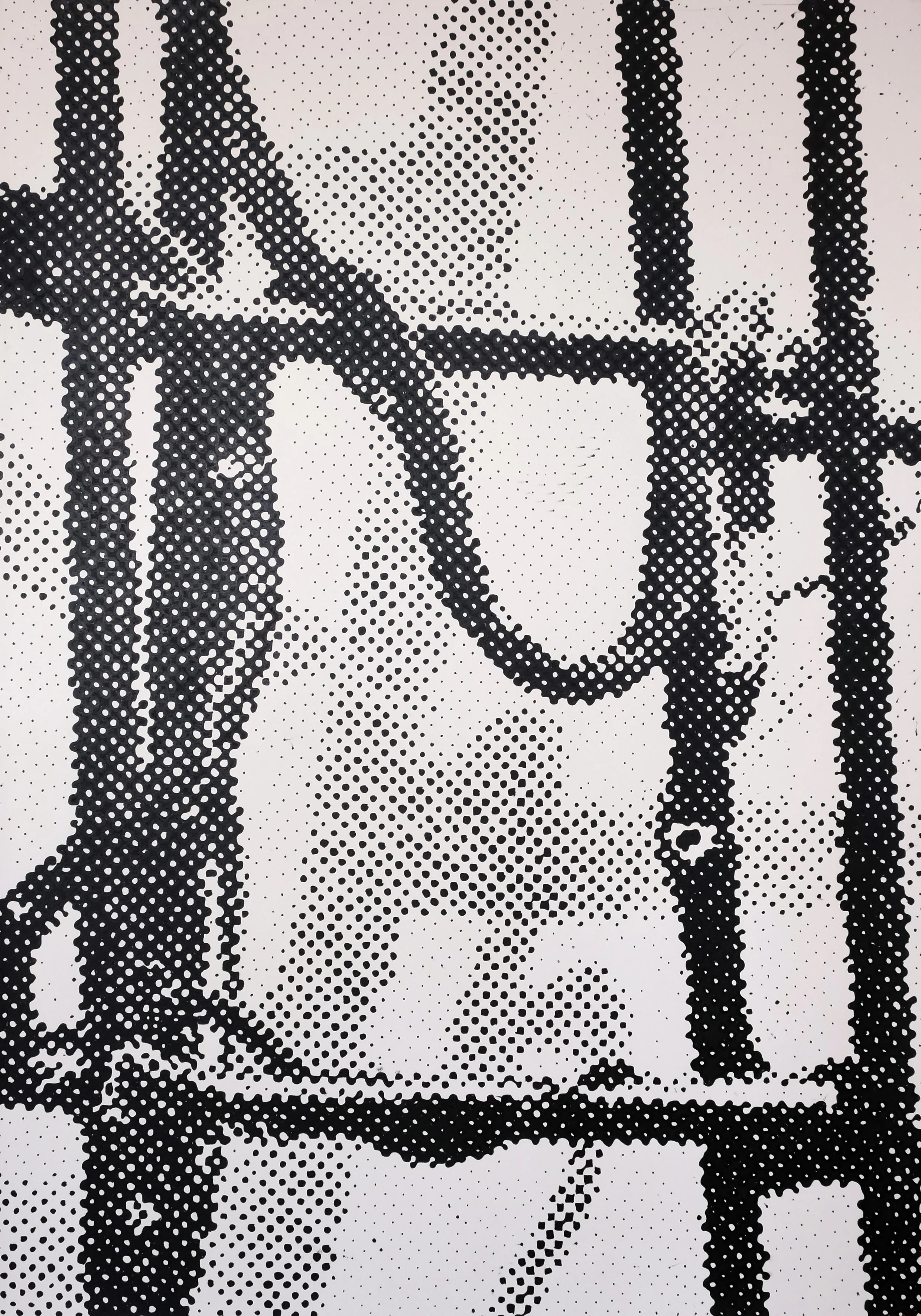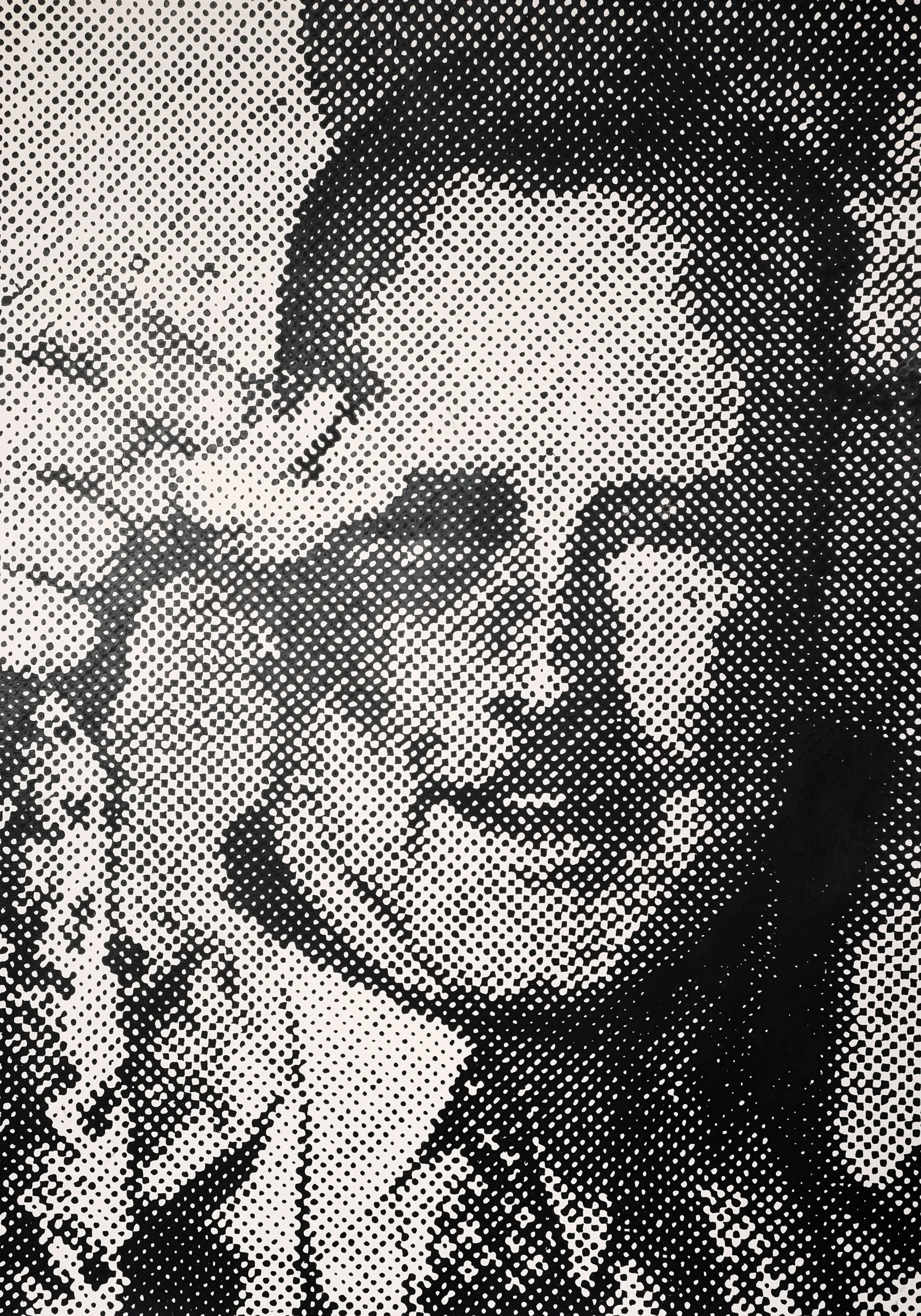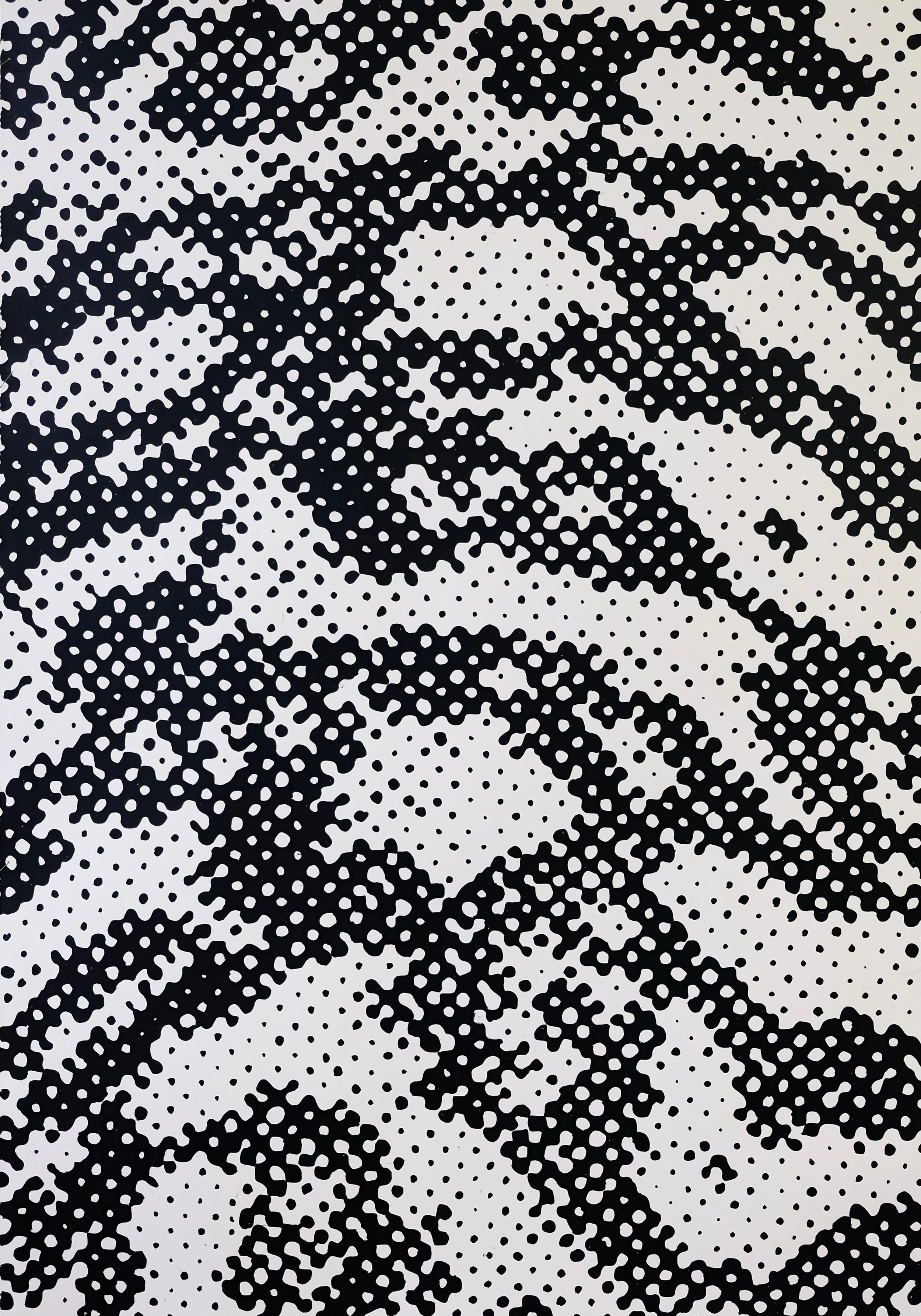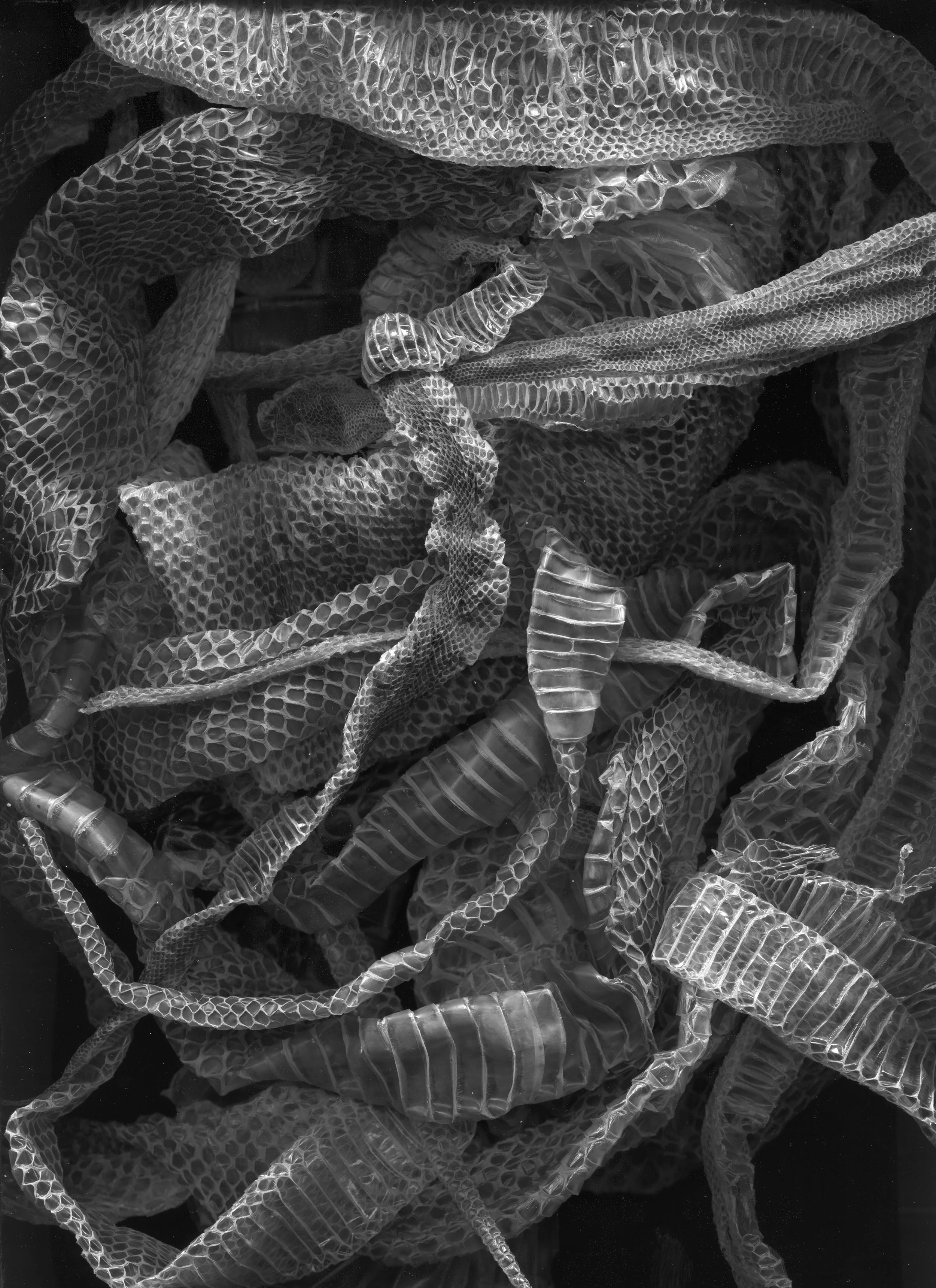‘Snake Man — a Memorial Exhibition’
SMITH Gallery, Cape Town.
Snake Man commemorates the life of John Wood, David Brits’ late maternal grandfather. Wood was one of South Africa’s most prominent reptile experts, snake catchers and snake showmen. Over a period of sixty years, he caught thousands of snakes, spiders, scorpions, lizards and frogs for both medical research and the development of snake and spider ante-venoms. Wood was a prolific poet, photographer and filmmaker, and shared his great passion for reptiles through these mediums as well as with his travelling snake show, which toured the country from the 1950ies to the 1970ies.
Brits’ artworks take their inspiration from the large archive of photographs, films, newspaper cuttings, letters, poems, and priceless books that Wood left behind. Working across a wide range of media including drawing, linocuts and prints, in Snake Man, Brits contemplates the life of his grandfather, his legacy, and the perennial power of the snake.





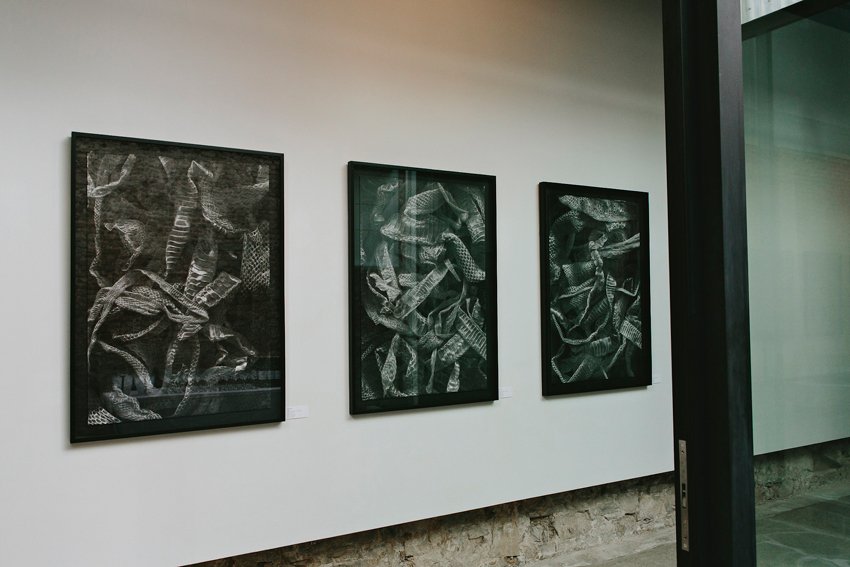

Artist’s Statement:
My first brush with death was with a snake. A puff adder almost bit me one day while I was walking on the mountain with my dog. I was eight, and it was the first time I considered the possibility of dying. I vividly remember the fat black and gold snake lunging at me, jaws protracted, fangs protruding, going for my leg. And missing.
In the shamanic traditions, “snake medicine” people are considered very rare. Their initiation involves experiencing and living through multiple snakebites. Symbolically, this is said to allow them to transmute all poisons, be they mental, physical, emotional or spiritual. For the shaman, the power of snake medicine is the power of creation, for it embodies sexuality, psychic energy, alchemy, reproduction and immortality.¹
My grandfather was certainly a man of “snake medicine”. In his long career in the field of herpetology, he survived being bitten by Cape cobras on four separate occasions. His name was John Wood, and he was one of South Africa’s most prominent reptile experts, snake catchers and snake showmen.
The artworks in this exhibition take their inspiration from the large archive of photographs, films, newspaper cuttings, letters, poems, and priceless books that I inherited from my grandfather. Keeping most of the archive at my studio, looking through the material remnants of his life, I was presented with an almost endless source of visual material with which to engage. A number of discrete series have emerged in this body of work – linocuts, dot-matrix drawings and lithographs.
Some were mediums encountered before in my production, but the art in this exhibition was made in a manner I had never previously experienced. As research and experimentation led to production, increasingly I felt more and more like a witness to the creative process than its agent. I was constantly surprised by the previously unimagined ideas and ways of working that became revealed. The creative spirit moved like a tide in me. Sometimes in fits and starts, other times as a prolonged creative engagement, in the form of deep concentration and long hours of working. There was a deepened awareness of the artistic endeavour as something outside of the realm of personal control.
I began, I think, to understand what Patañjali meant when he wrote in the 4th Century: “When you are inspired by some great purpose, some extraordinary project, all your thoughts break their bonds. Your mind transcends limitations… dormant forces, faculties and talents become alive…”²
Snake Man takes place one year after John Wood’s passing. It is a love letter from me to him, from a grandson to a grandfather, a final farewell from the here-now to the here-after; a meditation on paternal love, legacy and the medicine of the snake.
¹ Sams, J. and Carson, D. 1999. Medicine Cards: Revised, Expanded Edition. St Martin’s Press, New York. Pg 61.
² Eaton, R.W. 2009. The Sootras of Patanjali Yog Darshan: Concise Rendition. Createspace, Vancouver. Pg 85.
The Proprietor (2015) Indian Ink on Fabriano Rosaspina. 70x100cm
Snakes & Ladders (2015) Indian Ink on Fabriano Rosaspina. 70x100cm
The Handler V (2015) Indian Ink on Fabriano Rosaspina. 70x100cm
The Handler VI (2015) Indian Ink on Fabriano Rosaspina. 70x100cm
Skin Abstract III - Gila Monster (2015) Indian Ink on Fabriano Rosaspina. 70x100cm
The Handler VIII (2015) Indian Ink on Fabriano Rosaspina. 70x100cm
Selected Works:
Skin Abstract V - Boomslang (2015) Indian Ink on Fabriano Rosaspina. 70x100cm
Skin Abstract II - Cape Cobra (2015) Indian Ink on Fabriano Rosaspina. 70x100cm

Snake Abstract 4.2. 2015. Linocut on Zerkall Litho Paper. 110x76cm.high res

Snake Abstract 1.1. 2015. Linocut on Zerkall Litho Paper. 27,5x38 cm
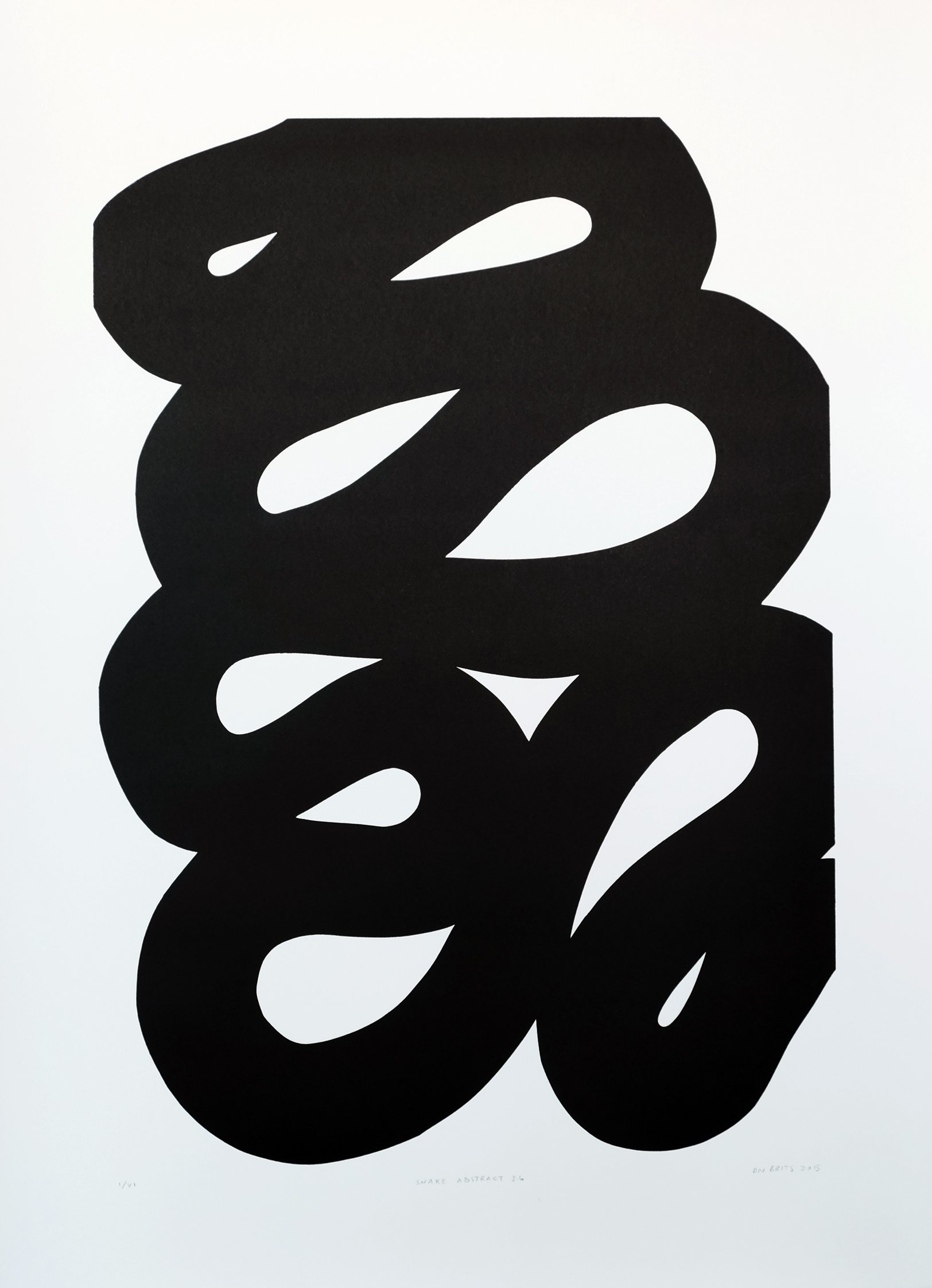
Snake Abstract 3.6. 2015. Linocut on Zerkall Litho Paper. 76x55cm

Snake Abstract 3.6. 2015. Linocut on Zerkall Litho Paper. 76x55cm

Snake Abstract 4.1. 2015. Linocut on Zerkall Litho Paper. 110x76cm
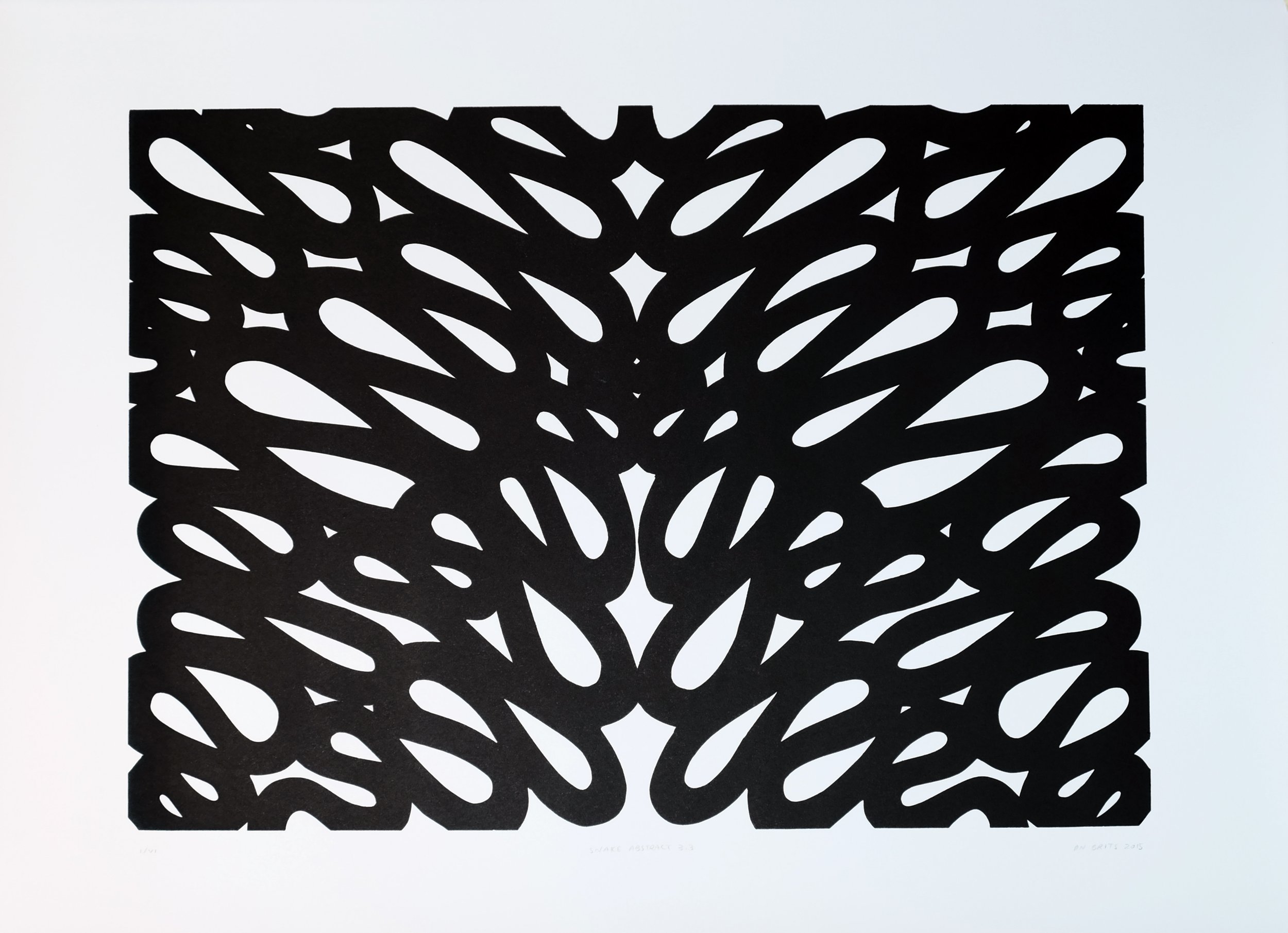
Snake Abstract 3.3. 2015. Linocut on Zerkall Litho Paper. 55x76cm

Snake Abstract 3.5. 2015. Linocut on Zerkall Litho Paper. 76x55cm
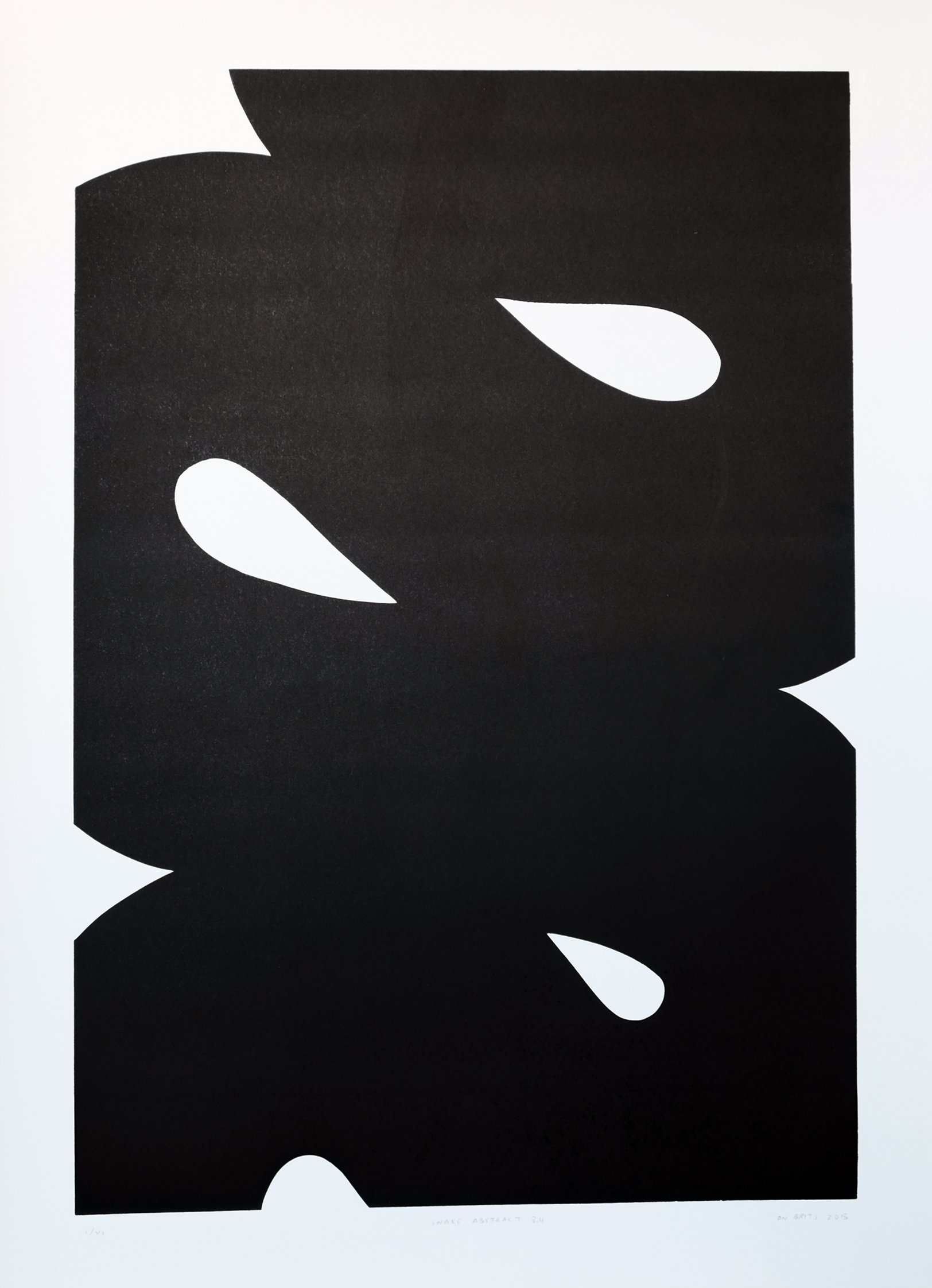
Snake Abstract 3.4. 2015. Linocut on Zerkall Litho Paper. 76x55cm

Snake Abstract 3.1. 2015. Linocut on Zerkall Litho Paper. 76x55cm

Snake Abstract 2.1. 2015. Linocut on Zerkall Litho Paper. 38x55cm
Sloughs I. 2015. Offset Lithograph on Matt Art. 100x68cm
Sloughs III. 2015. Offset Lithograph on Matt Art. 100x68cm
